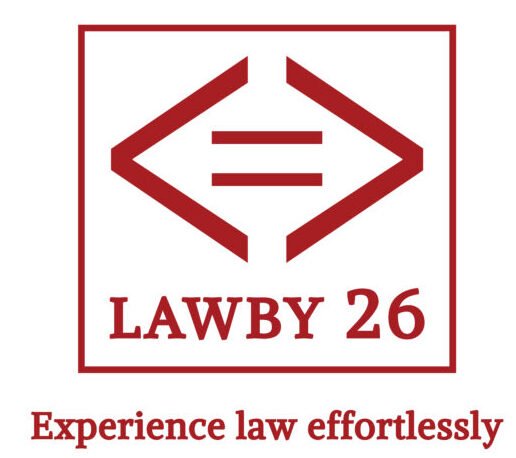Introduction
The concept of adoption is the transfer of a child from his birth family to a new family, giving the infant new status, rights, and responsibilities while severing all ties to the former family. The theory of relating back, which holds that the child adopted by a widow relates back to the widow’s deceased husband and is entitled to the estate of his deceased adoptive father, was common under uncodified old Hindu law.
However, the concept was abandoned after the enactment of the Hindu Adoptions and Maintenance Act, 1956.
What was the Doctrine of Relation Back?
In order to aid in the legal monitoring of the relationships between heirs, spouses, and their legal entitlement to inherit ancestral property, the Hindu Adoptions and Maintenance Act was passed in 1956. Prior to the enactment of this legislation, there was a prevalent custom known as the Doctrine of Relation Back. According to this idea, which was developed under ancient Hindu law, a Hindu widow could adopt a son after the death of her husband. Furthermore, this son was to be regarded as the deceased husband’s legal adoptive child. The son was regarded as legally adopted from the date of the husband’s death for the sake of ease in inheritance proceedings.
The most peculiar rule under this doctrine was that if the deceased’s property was vested to his brothers or other coparceners, then the adopted son would be entitled to divest such property and be considered the deceased’s posthumous son. This doctrine of considering the adopted son of a deceased individual as his posthumous son was mentioned in the case of Shrinivas Krishnarao Kango v. Narayan Devji Kango ((1955) 1 SCR). As a result, the adopted son was eligible to be considered the deceased’s legal heir and therefore be entitled to all property that the deceased owned prior to his death.
In Indian society, the son is considered the only “eligible heir,” which is the main benefit of adoption. According to customary Hindu law, a male child was essential to the continuation of the family and the heirship of property. According to this custom, families who had only girls or no children at all expressed interest in adopting sons, which led to the creation of the Hindu Adoptions and Maintenance Act of 1956.
Developments in Hindu Succession Laws
However, the Hindu Adoptions and Maintenance Act, 1956 ended the practice of relation back due to a number of court decisions and the growth of the equality concept in India. The practice became unlawful under Sections 12(b) and 12(c) of the Act, which claimed that it went against the principle that property cannot be taken away from someone after it has come into their possession.
As per proviso (c) of section 12, an adopted child is not entitled to take away from anyone any property that was previously vested in them. The adopted child will inherit the belongings left by the adoptive parents, after their death.
If a widow adopts a son, she cannot be discharged of any property that was vested in her before adoption. Furthermore, the division that was completed prior to this adoption is not eligible for reconsideration in order to reorganise the joint family properties.
The Hindu Adoption and Maintenance Act, 1956 and its adoption provisions aim to cut off the adopted child’s biological ties once they are placed in the adoptive family’s care, as the Supreme Court noted in the case of Sitabai & Anr. v. Ramachandra (AIR1970SC343). The child is officially transferred from the biological family to the adoptive family.
By giving the adopted child, the same status as a natural born child in the adoptive family as of the adoption date, the Act thereby nullifies the theory of relation back. A child’s adoption would result in the adoption family’s ties replacing all of the ones with their birth family as of the adoption date.
The Madras High Court noted in the case of Ratan Singh v. Rajaram (AIRONLINE 2020 MP 655) that the individual claiming property ownership based on adoption must demonstrate the validity of the adoption by providing appropriate proof. The onus then turns on the one making the challenge to dispute the same. In this instant case, none of the individuals offering the child for adoption signed the adoption paperwork. The lower court’s judgement was overturned because the court determined that there was insufficient evidence to support the adoption’s validity.
Conclusion
The Supreme Court has rectified some weaknesses in the Hindu Adoptions and Maintenance Act in certain situations. In such cases, the Supreme Court correctly declared that the widow’s adopted son was entitled to the benefits of her late spouse. A widow who adopts a son adds a member to the family, and all the rights that the son had in his birth family are now restored in the adoptive family, replacing what was lost there. As a result, the child’s relationship with the biological family is cut off, and new rights are established in the adoptive family.
Done By: Nithyaparvathy R.G, B.Com LL.B (Hons.), Junior Legal Consultant
For Origin Law Labs



